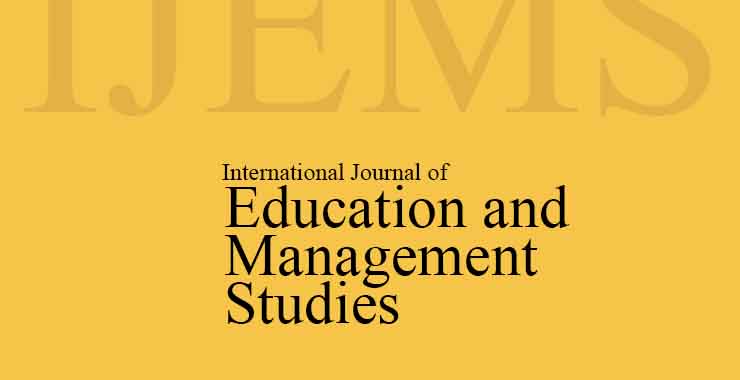Resilience and the Standard of Living at Work for Textile Workers
Original price was: ₹ 201.00.₹ 200.00Current price is: ₹ 200.00.
Page: 402-404
Simran Rani1 and Tanvi Sharma2 (Department of Human Development and Family Studies, Chaudhary Charan Singh Haryana Agricultural University, Hisar, Haryana1 and Department of Sociology, Chaudhary Charan Singh Haryana Agricultural University, Hisar, Haryana2)
Description
Page: 402-404
Simran Rani1 and Tanvi Sharma2 (Department of Human Development and Family Studies, Chaudhary Charan Singh Haryana Agricultural University, Hisar, Haryana1 and Department of Sociology, Chaudhary Charan Singh Haryana Agricultural University, Hisar, Haryana2)
Resilience is the ability to cope with life’s stresses, prosper, and find meaning in adversity. The positive component influenced by an organization’s resilience is the quality of work life. The current study focuses on the relationship between resilience and the quality of life of textile mill employees. A suitable sampling technique was used to choose 150 textile employees (50 clerical staff, 50 permanent skilled workers, & 50 casual skilled workers). Wagnild and Young’s (1993) Resilience scale (R$ 15) and Gupta’s (1982) Quality of Work Life questionnaire were used to obtain a measure of the factors considered. The median scores of the subjects on the Resilience Scale were used to construct resilience criterion groups. The significance of the mean difference between the criterion groups on Quality of Work Life was determined using the Student’s test. The findings show a substantial association between resilience and quality of work life: the high resilience group had much higher levels of quality of work life than the low resilience group. The conclusion has implications for designing programs aimed at increasing employees’ work-life quality.

